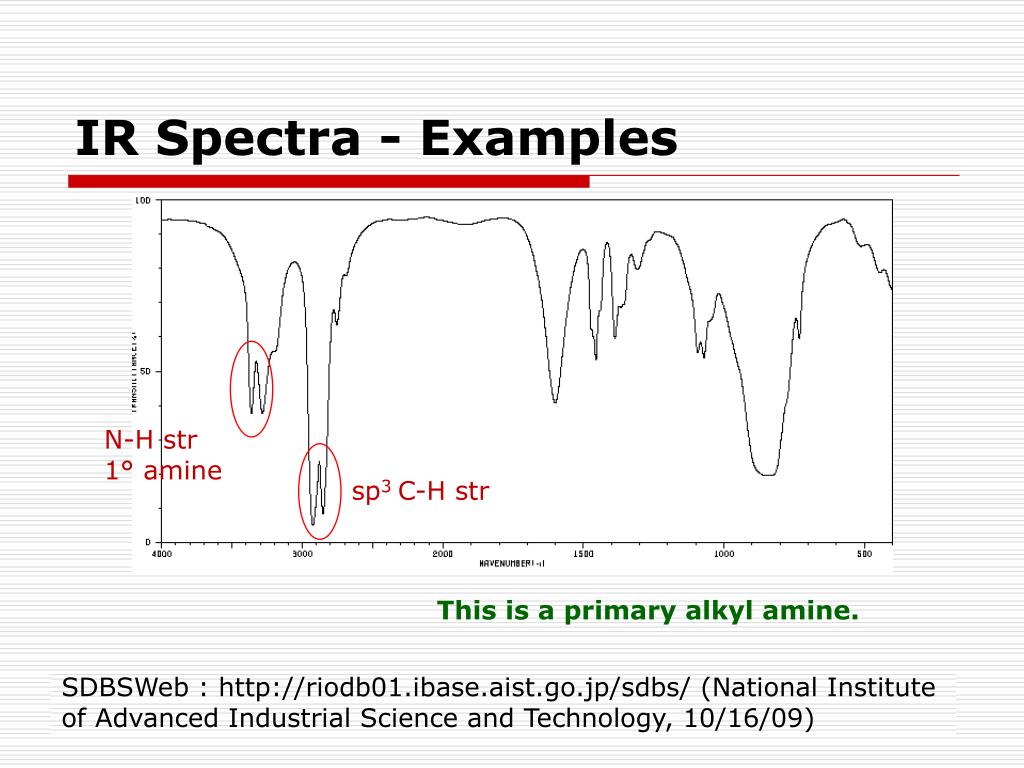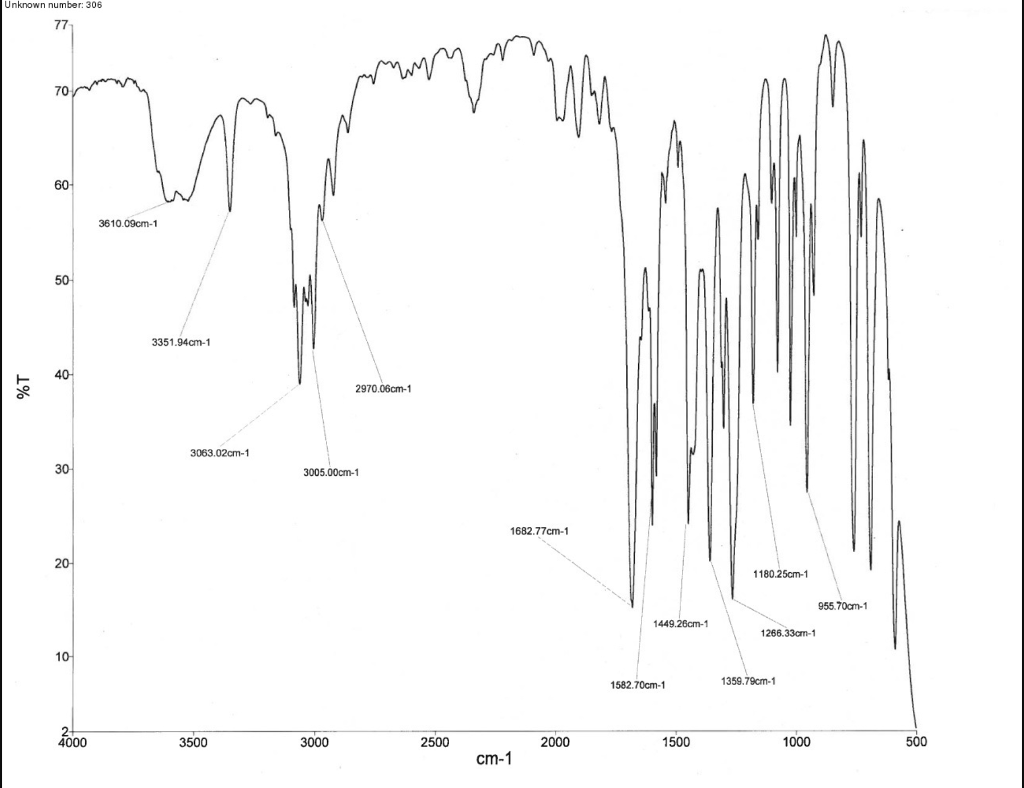

Generalized Gradient Approximation (GGA) (function -OPTx, -PBEx, -rPBEx, The amide IR calculation test methodsĪre Local Density Approximation (LDA) (with function -Xonly and -VWN), 7, 8 In the Born–OppenheimerĪnd harmonic approximations, the vibrational frequencies are determinedīy the normal modes corresponding to the molecular electronic ground-state In Figure Figure1 1, where E-1 is the structure not found. To amide I, II, and III IR spectra is possible in future protein imaging.įine components A-1, A-2, A-3, Im-1, D-1, and O-1 are shown FurtherĪnalysis of the contribution of the fine component–effect relationship To the infrared spectra of amide I, II, and III was analyzed. Using quantum chemical theory, and the contribution of each component Then the infrared spectra of the components were Protonated and hydrated, but it cannot be purified as an independent Two-dimensional NMR in Figures S1–S10) confirmed the presence of six fine components in pure N-methylacetamide samples, 6 which were N-Methylacetamide is a secondary amide similar 6 How the fine component of amide affects the biologicalĪctivity of the peptide bond is being recognized. Of amide indicates that there are many fine components in the amide,Īnd the structures are reported in recent research. Spectrum of amide I, II, III, and A bands. 5 The infrared spectrumĪnd other spectra are used to study the amide, forming the infrared A protein peptide bond is an amide group.Ī protein structure is determined by using amide I, II, III, and A Spectrum bands of amide infrared radiation (IR), amide I (1600–1800Ĭm –1), amide II (1470–1570 cm –1), amide III (1250–1350 cm –1), and amideĪ (3300–3500 cm –1), are peaks of infraredĬharacterization of amide. Of studies that included theoretical calculationsĪnd spectral methods have found that amides have some resonance structures, 4 for example, the form of enol.

3 Therefore, the study of amide-peptide bonds hasĪroused great interest in chemistry and biology.

Reaction, and other activities related to peptide amide. Structural properties are associated with polypeptide bonds, suchĪs functional execution, proton conduction, transcription, information 1 The structures of proteins, enzymes, polypeptides,Īnd many other biological molecules all have peptide bond units, whichĪre based on the amide bond. In organic chemistry and chemical biology.


 0 kommentar(er)
0 kommentar(er)
